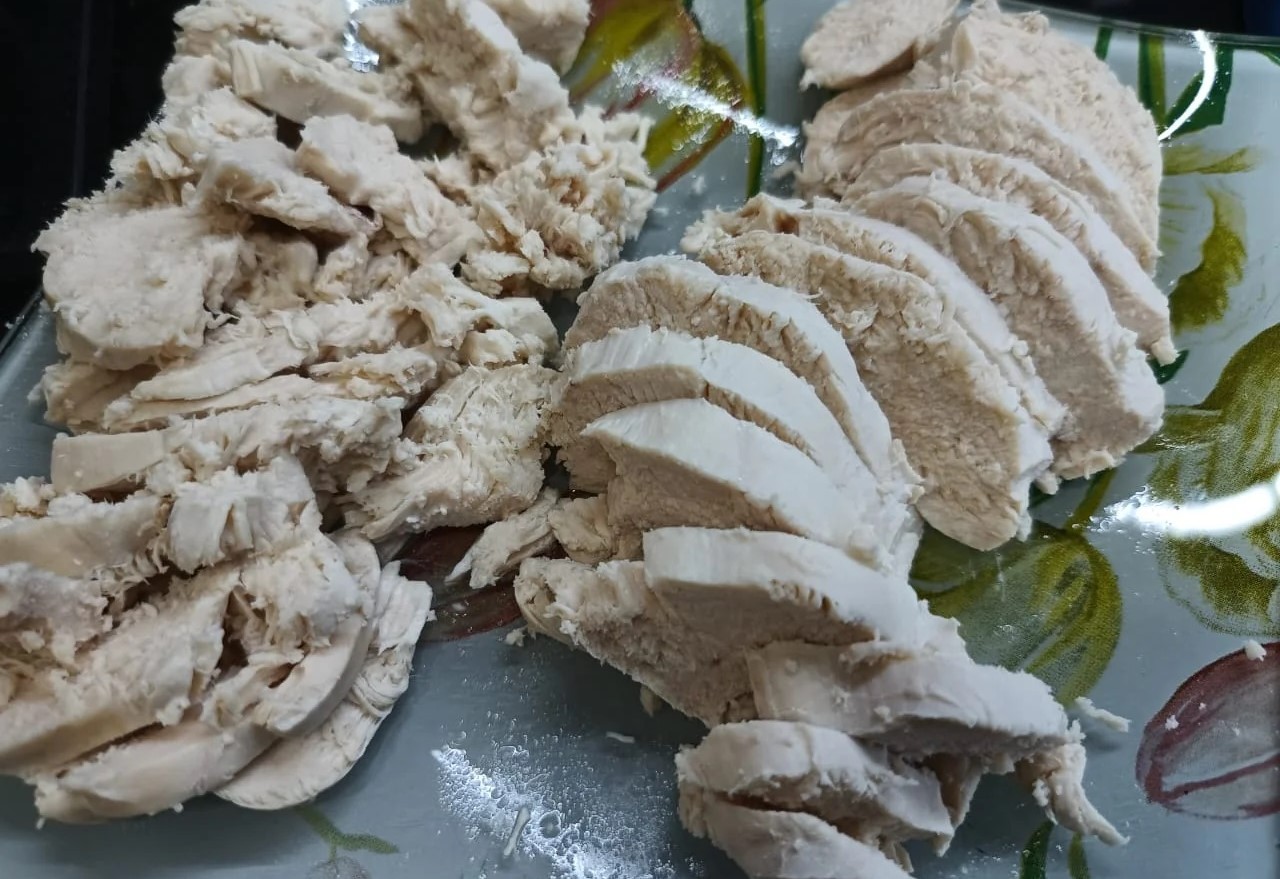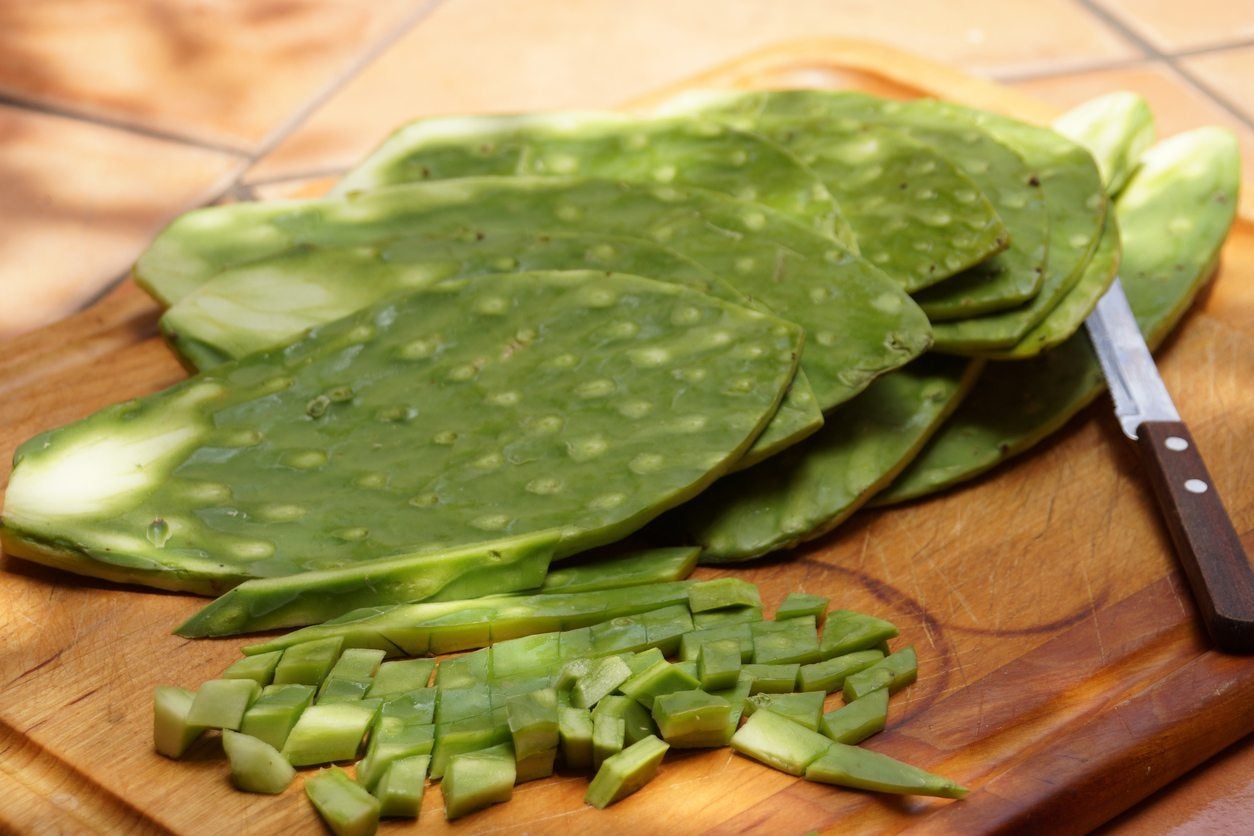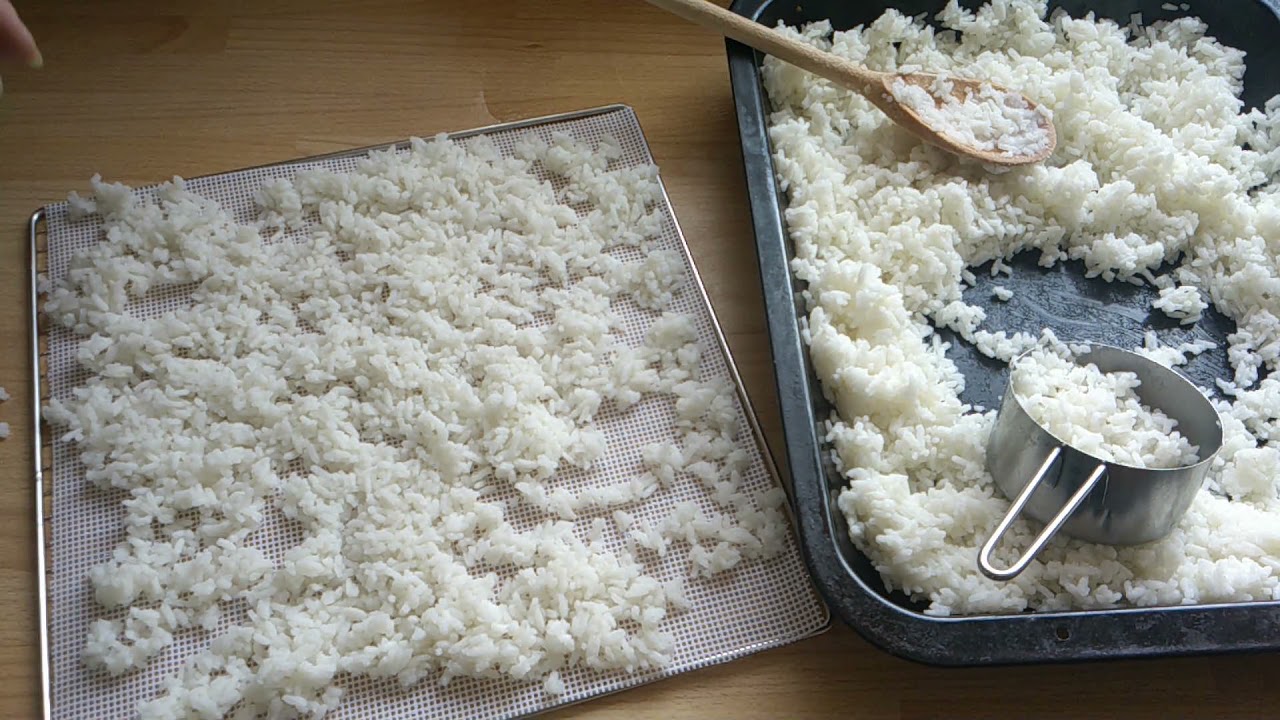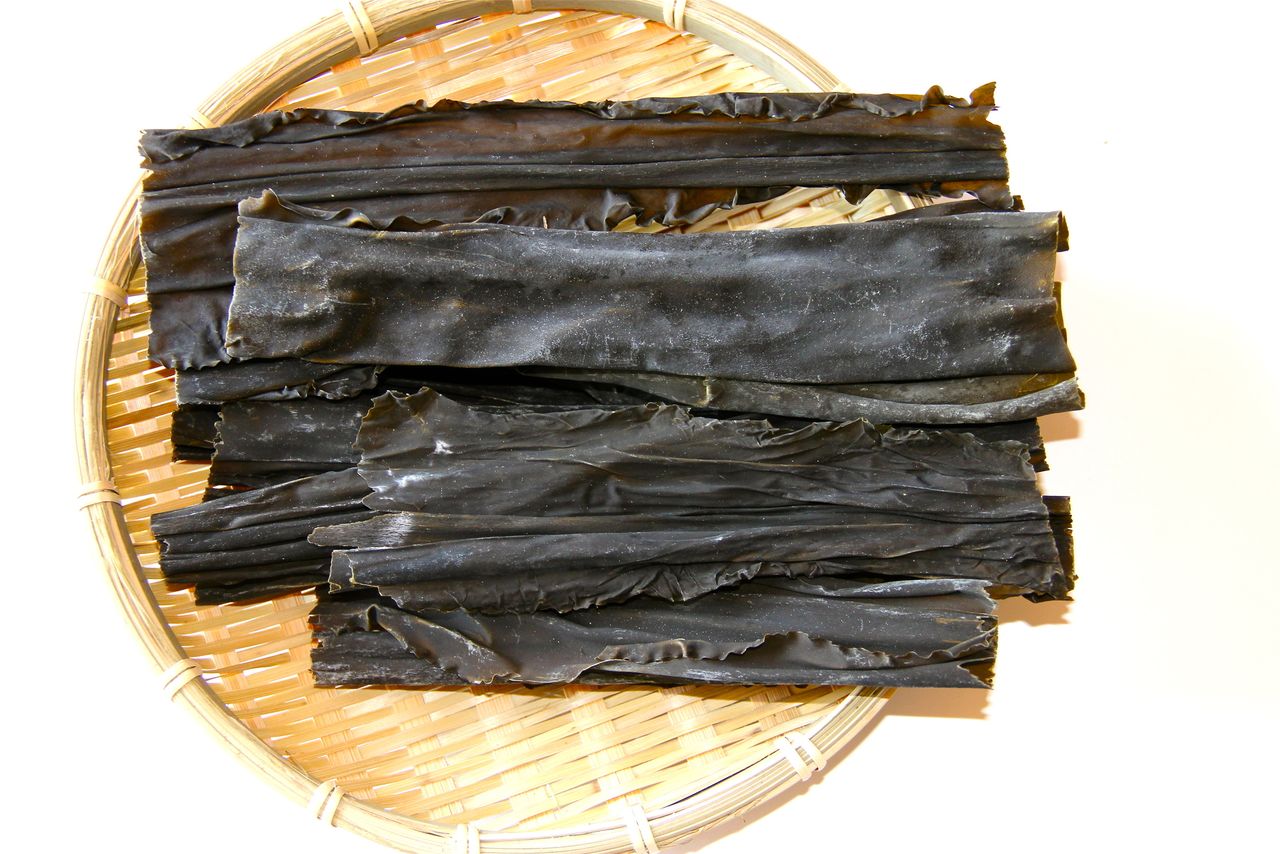Dehydrating Epsom Salt: A Step-by-Step Guide
If you’re a fan of natural remedies and DIY beauty products, you may have come across Epsom salt. This versatile mineral compound, also known as magnesium sulfate, is renowned for its therapeutic properties. But did you know that you can take Epsom salt to the next level by dehydrating it? Dehydrating Epsom salt can enhance its shelf life and make it easier to use in various applications. In this guide, we’ll walk you through the simple process of dehydrating Epsom salt at home.
What You’ll Need
Before you begin the dehydration process, gather the following items:
- Large baking sheet
- Parchment paper
- High-quality Epsom salt
- Oven or food dehydrator
- Airtight container for storage
Step 1: Preparing the Epsom Salt
Start by ensuring that the Epsom salt you’re using is of high quality. Check the packaging for any signs of moisture or clumping, as these can affect the dehydration process. If necessary, sift the Epsom salt to remove any impurities and ensure an even dehydration.
Step 2: Spreading the Epsom Salt
Line a large baking sheet with parchment paper to prevent the Epsom salt from sticking. Spread the salt evenly across the baking sheet, ensuring that there are no clumps or mounds. This will allow for uniform dehydration and prevent the salt from becoming lumpy.
Step 3: Dehydrating in the Oven
If you’re using an oven for dehydration, preheat it to the lowest possible setting. Place the baking sheet with the spread Epsom salt in the oven and leave the door slightly ajar to allow moisture to escape. Check the salt regularly and stir it to promote even dehydration. The process can take several hours, so be patient and vigilant.
Step 4: Dehydrating in a Food Dehydrator
If you have a food dehydrator, spread the Epsom salt evenly on the dehydrator trays. Set the dehydrator to a low temperature, typically around 120°F (49°C), and allow the salt to dehydrate for several hours. Check the progress periodically and redistribute the salt for consistent dehydration.
Step 5: Testing for Dryness
To determine if the Epsom salt is completely dehydrated, take a small sample and inspect it for any signs of moisture or clumping. The salt should be dry to the touch and free-flowing. If there are any indications of moisture, continue the dehydration process until the salt is thoroughly dry.
Step 6: Storing the Dehydrated Epsom Salt
Once the Epsom salt is fully dehydrated, allow it to cool to room temperature before transferring it to an airtight container. Store the dehydrated salt in a cool, dry place away from direct sunlight and moisture. Properly stored, dehydrated Epsom salt can maintain its quality for an extended period.
Benefits of Dehydrated Epsom Salt
Dehydrating Epsom salt offers several advantages, including:
- Extended shelf life
- Easier incorporation into DIY beauty and skincare products
- Reduced clumping and caking
- Convenient storage and handling
Whether you’re creating homemade bath salts, exfoliating scrubs, or therapeutic soaks, dehydrated Epsom salt can elevate your DIY projects. By following these simple steps, you can ensure that your Epsom salt remains in prime condition for all your wellness and beauty needs.
Experiment with dehydrated Epsom salt in various recipes and formulations, and discover the difference it can make in your homemade creations. With proper dehydration and storage, you’ll have a readily accessible supply of high-quality Epsom salt to enhance your self-care rituals and natural remedies.
Dehydrating Epsom salt is a simple yet rewarding process that can unlock new possibilities for using this beloved mineral compound. By taking the time to dehydrate and store your Epsom salt properly, you can enjoy its benefits for months to come.
Using the guide on how to dehydrate Epsom salt, readers can try a variety of delightful bath recipes. They can start with the Citrus Blossom Sugar Scrub, which offers a refreshing and invigorating experience. For those seeking relaxation, the Calming Chamomile Bath Salts is a perfect choice due to its soothing properties. Another excellent option is the Vanilla and Honey Bath Soak, providing a sweet and luxurious treat for the skin. The Coconut Lime Bath Salts combines tropical scents for a rejuvenating bath. Lavender enthusiasts will enjoy the Lavender and Rosemary Bath Fizzies, known for their calming aroma. Lastly, the Jasmine Green Tea Bath Salts offers a unique blend of floral and tea notes, perfect for unwinding after a long day.
Was this page helpful?
Read Next: How To Dehydrate Dandelion Leaves










